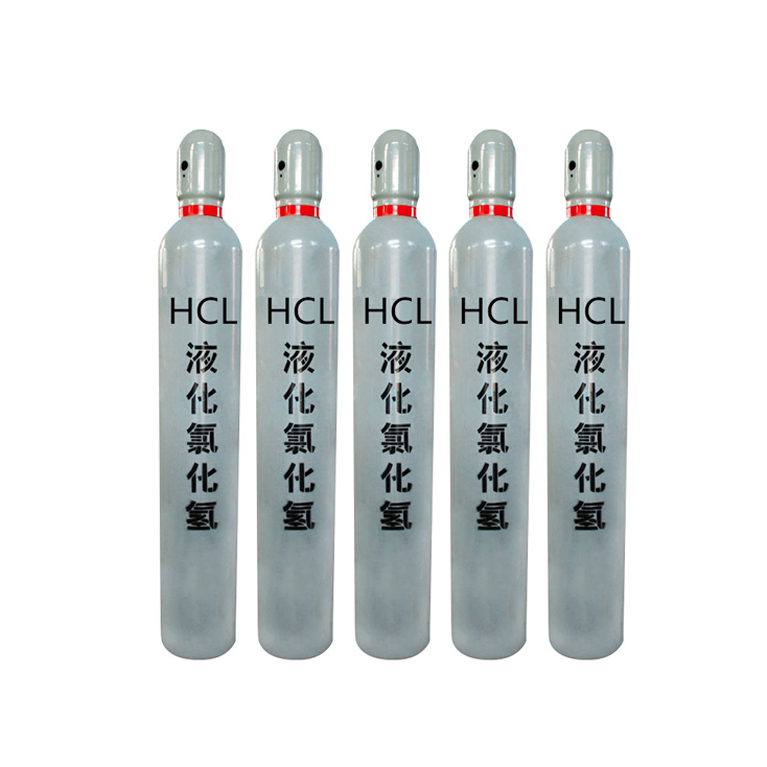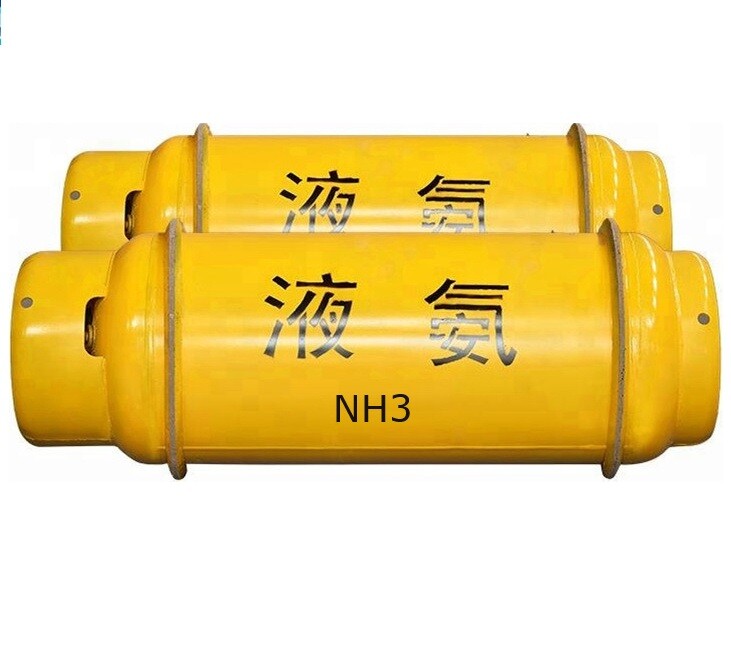The technique of single side welding is an operation method that adopts ordinary electrode and special operation method to weld on the front side of the groove and ensure that both sides of the groove can get the double side forming weld after welding. It is an operation technology that welders must master in the welding of pressure pipes and boiler pressure vessels, and its methods mainly include broken arc welding method and continuous arc welding method.
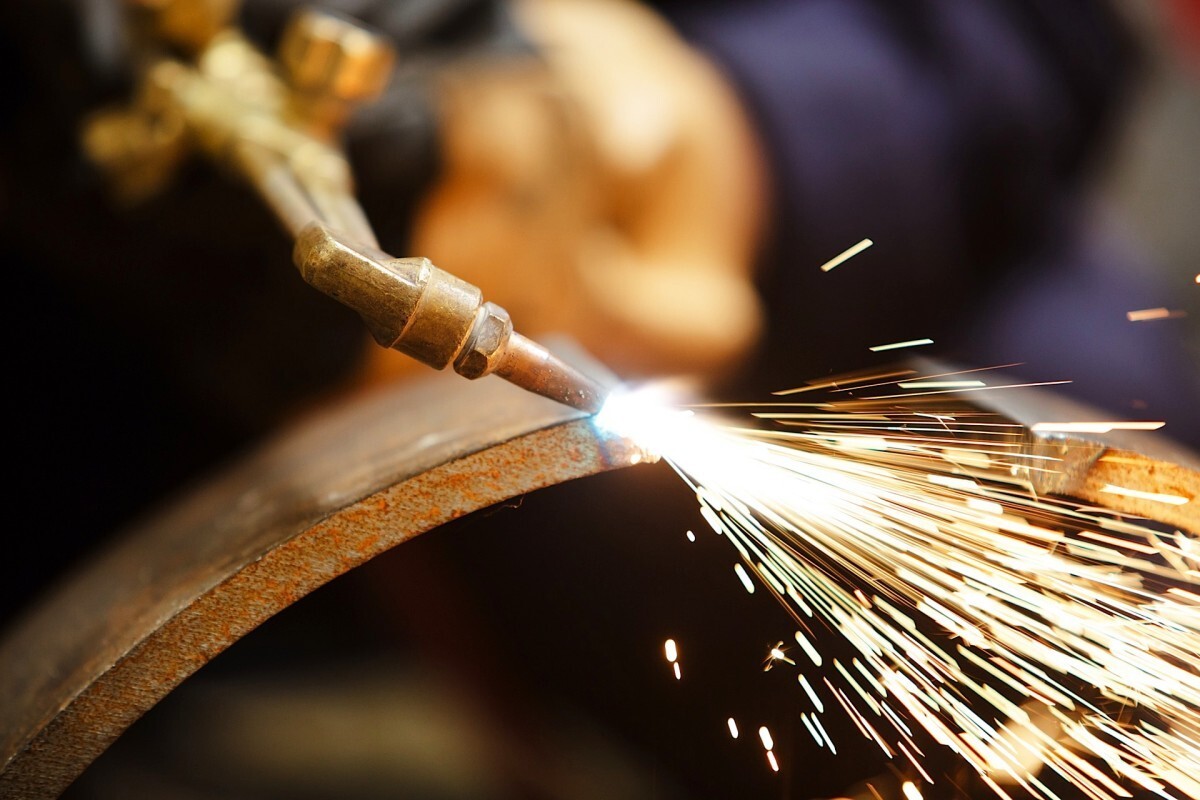
1. Practice of basic skills
(1) The arc should be in the weld, to achieve a "lead" will be "on", a "fall" will be "accurate". Because there is a heavy torque between the cable and the welding pliers on the wrist, the welder is not stable when holding the welding pliers, so the welder should squat and steady when starting the arc, the arm should hold the pliers vigorously, and the wrist should do some rowing action slightly vigorously. In addition, the welder's mood should be relaxed, tension is stiff, stiffness is mechanical and shaking, and it is easy to produce "stick" and "pull out" phenomenon. When practicing, start with the friction method and gradually shorten the friction distance and the distance between the electrode head and the working surface. Light fall and light rise, to overcome inertia, moderate speed, so that the trajectory of the welding pliers gradually achieve an approximate vertical effect.
(2) It is necessary to understand that the electrode has movement in the three aspects of space, and the progressive direction of the melting pool should be consistent with the melting speed to keep the arc length unchanged. Faster arc length shortens, or even "sticks"; Slow arc length lengthening, increase spatter, reduce the protective effect, affect the droplet transition. The purpose of the transverse movement is to stir the molten pool to increase the melting width, which should be fast in the middle and slow at both ends. It is closely related to forward motion and varies a lot, depending on the shape of the molten pool and the amount of deposited metal. Only the organic combination of movement in the three directions can ensure a certain height and width of the weld and ensure high-quality weld quality.
(3) Distinguish between molten slag and liquid iron, is a key to improve operating skills. Generally, the iron liquid leads, the slag lags behind, the iron liquid temperature under the arc is high, and the oil is shiny in the lower layer. The slag is low in temperature, dark, and swims on the liquid iron. If the slag and liquid iron can not be distinguished, the weld edge and fusion can not be seen clearly, and the welding blindness is very large.
(4) The replacement of the electrode should be fast, and the joint should be accurate, because its quality will directly affect the quality of the weld. Fast, that is, at the end of the front weld is still in a red hot state, immediately start the arc, so that the front and back weld is easy to fuse, and can effectively avoid porosity and slag inclusion and other defects. Quasi, that is, the joint is just right, the return distance is 10 ~ 20mm, and the time of running on the arc pit is slightly faster (that is, the amount of molten metal is less). The return distance is too long, it is not easy to touch the accurate position, but it is easy to overlap and leave, the arc time is not good, and the joint will be high or low. In addition, the arc pit should be rounded to avoid sharp shape, and the welding meat is moderate, not too deep or too shallow, so as to facilitate the joint.
(5) Accurate regulation of the current, especially vertical, horizontal, and upward position welding, is essential to obtain good welding internal quality and beautiful weld formation. To adjust the current, one must listen, two look and three compare, that is, listen to the arc sound, see the arc burning condition, and compare the shape of the weld pool and the formation of the weld.
(6) To overcome the adverse effect of gravity on weld formation. During welding, molten iron and molten slag are always subjected to gravity, and this action is always vertical downward, but not necessarily through the center of the weld. To this end, the welder has to overcome the adverse effects of gravity by adjusting the Angle of the electrode, changing the shape of the molten pool and lowering the arc on the upper part of the molten pool and staying slightly.
(7) Welders should master a variety of transportation methods. Transport is the specific performance of welder technology, the quality of the weld and the quality of the shape is mainly determined by the transport method, the welder should know the characteristics and differences of various transport methods, master several, in order to be handy and use freely.
(8) To have the concept of heat, to be good at observing temperature changes, to effectively control the shape of the molten pool and its relative position. The influence of temperature on welding is very great, the temperature is low, the molten pool is small, the iron liquid is dark, the fluidity is poor, and it is easy to produce slag inclusion and virtual welding. When the temperature is high, the molten pool is large, the iron liquid is bright, the fluidity is good, and it is easy to fuse; But it is too high and easy to flow down, difficult to control the forming, and the plastic of the joint decreases. The temperature is closely related to the size of the current and the mode of the rod (such as the temperature of the circular rod is higher than that of the crescent, and the temperature of the crescent rod is higher than that of the serrated rod), the Angle of the electrode and the length of the staying arc time.
(9) Arc closure requires full welds, no cracks, pores and slag inclusion and other defects. Deep arc pit, thin welding flesh, stress concentration, easy to crack. The use of repeated broken arc "finishing method" (also called point arc method) can overcome the difficulty of high finishing temperature and difficult to fill, but it is easy to produce pores, especially alkaline electrode. Therefore, when using acid electrode, you can use "circle finishing method" and "point arc method"; The use of alkaline electrode is to use the "circle finishing method" and "back welding finishing method", the distance of back welding depends on the temperature at the end, generally 2 ~ 3m is appropriate.
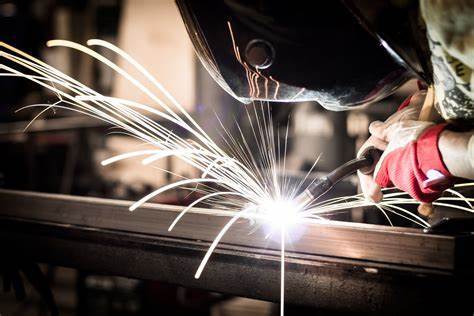
2. broken arc welding techniques
The broken arc welding method is a kind of single-side welding and double-sided forming technology which controls the shape, temperature and thickness of liquid metal in the molten pool by controlling the continuous burning and extinguishing time of the arc and the moving action. The forming mechanism of the backside of the broken arc welding method mainly depends on the penetrating force of the arc, the surface tension of the molten pool and the electromagnetic shrinkage force.
When the arc penetrates the groove gap, it melts both sides of the groove and the previous molten pool to form a new molten pool. The temperature, shape and position of the molten pool are controlled by quenching the arc and the surface tension of the molten pool. Because this method makes a weld hole larger than the groove gap in front of the weld pool, the slag gas can effectively ensure the weld pool of the front and back.
The operation method of broken arc welding has two kinds of one-point method and two-point method, which are described as follows.
(1) The main points of the operation of the two-point method first initiate the arc on the bevel surface about 10 ~ 15mm in front of the welding end, and then pull the arc back to the initial welding place to swing slightly, and preheat the welding part for 1 ~ 2s. When the root of the groove produces "beads of sweat", immediately after the arc is lowered by about 1 ~ 1.5s, the "poof" sound emitted by the arc can be heard through the groove, and the metal on the positioning weld and the connecting sides of the groove surface begins to melt, and the first melt pool is formed.
When the metal is not fully solidified, the melting center is still in a semi-molten state, and the color is yellow and bright under the goggles, the arc is re-ignited, and on the bevel surface near the blunt edge in front of the molten pool, the electrode is penetrated at a certain Angle of the electrode, and the short arc is heated to the root of the welding part for 1-1.5 s, and then the electrode is quickly pushed in the welding direction.
When you hear the "pop" sound of the weldment being broken down by the welding rod (indicating that the first weld hole has been formed), you should quickly make a long arc column with molten drops through the weld hole, so that it and the molten metal form a back and front weld pool, at this time, you should quickly raise the arc, if the action is slightly slow, it may cause the root to burn through.
After about 1s, when the molten pool is not fully solidified and there is a yellow bright current slightly larger than the diameter of the electrode used, the arc is quickly ignited and the breakdown welding is carried out in the right front of the first molten pool. Then continue to weld according to the above method, it can complete the two-point method of single-side welding and double-side forming weld.
(2) Operation points of the one-point method The one-point method is established in the same way as the first molten pool. When welding, the arc should be melted at the same time to listen to the blunt edge of the groove on both sides, and after hearing the "poof" sound, the arc should be decisively extinguished. In order to prevent shrinkage in the process of one-point breakdown welding, the arc extinguishing frequency should be maintained at 50 to 60 times /min.
3. continuous arc welding techniques
Continuous arc welding is a kind of single-side welding and double-sided forming technology in which the arc is continuously burned and not extinguished in the welding process, and the small gap of the groove and the small welding current are adopted to keep the short arc continuous welding.
Basic operation points: After starting the arc, the arc is compressed to the lowest degree, and the zigzag conveyor group with small tooth spacing is swayed horizontally in the welding, and the welding part is heated. When the root of the groove produces "sweating" phenomenon, try to send the electrode to the root to do a breakdown action, to hear a "poof" sound to form a weld hole, quickly move the arc to any groove surface, and then in the groove with a certain Angle of the electrode to do a small swing, the time is about 2s, so that the arc will melt about 1.5mm on both sides of the groove root. Then lift the electrode 1 ~ 2mm, with a small tooth pitch zigzag rod for lateral swing, so that the arc edge to melt the hole front, edge forward welding. When welding, it is necessary to align the center of the electrode with the junction of the front edge of the molten pool and the base material, so that each new molten pool overlaps with the previous molten pool.
To close the arc, slowly bring the electrode to the left or right side of the rear of the weld pool, and then lift the electrode to close the arc. When the joint is connected, the arc is first started at 10 ~ 15mm from the arc pit, transported to 1/2 of the arc pit at the normal bar speed, the electrode is pressed down, to hear a "poof" sound, do 1 ~ 2s tiny swing, and then the electrode is put into 1 ~ 2mm, so that it is transported forward at the same time in the melting front welding.
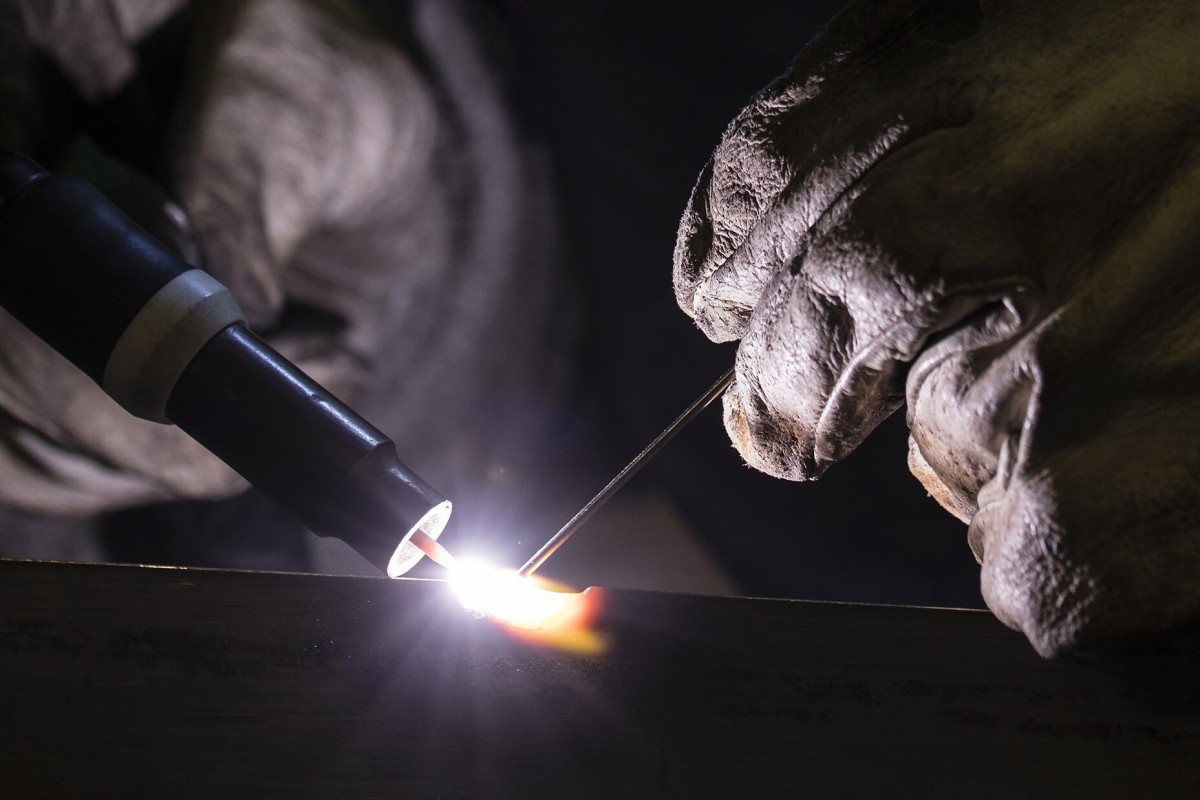
In the process of continuous welding, due to the use of small root gap and welding parameters, and the regular swing of the electrode under the condition of short arc, good conditions can be created for the uniform transition of the droplet to the weld pool, so that the weld bead is always in a state of slow heating and cooling. In this way, not only can the weld seam and heat affected zone with uniform temperature distribution be obtained. In addition, it can also obtain the well-formed and fine surface of the back weld, so the continuous arc welding is a kind of single-side welding double-sided forming operation technology that can ensure the good mechanical properties and internal quality of the weld.
Chat Online


